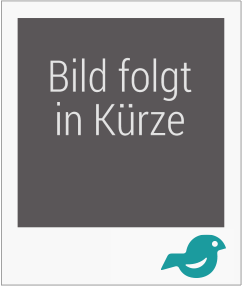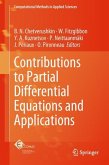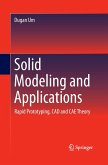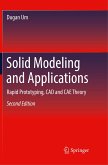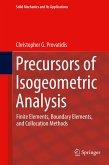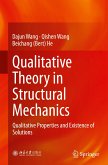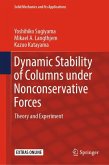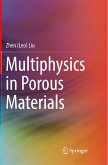This book describes in detail a research project dedicated to liquid-particle flow using ultrasound techniques. The project consists of theoretical, experimental, data science, finite element modeling, mechanical design and project management components. The objective of the project was to develop the ultrasonic methodology for measurement and characterization of liquid flow containing solid particles, in online (real-time) measurement conditions. The project consists of primary and complementary studies. The primary studies comprise development of the ultrasonic methodology for the simultaneous measurement of the average particle concentration and flow speed parameters. The developed methodology is based on the ultrasonic attenuation spectroscopy and the sound speed measurement methods, supported by data science programs. The complementary studies include acoustic streaming, designing a small-scale rotational test cell with an annular flow channel, testing it for various applications and characterization of the flow regimes. Flow speed measurements were performed using three methods: the ultrasonic transit-time difference, the cross-correlation of the backscattered from particles ultrasonic echoes, the particle image velocimetry. The research project described in this book was initiated thanks to successful collaboration between the University of Stavanger and Total E&P Norge AS, Norway (the last-mentioned has become TotalEnergies EP Norge AS). Valuable insights came from the Institute for Multiphase Flow Research (IMFT) in Toulouse, France. Valuable knowledgeable support was received from Dispersion Technology, Inc. in New York, USA. Guidance and assistance with the book publishing were received from Springer and Springer Nature.
Bitte wählen Sie Ihr Anliegen aus.
Rechnungen
Retourenschein anfordern
Bestellstatus
Storno

